My sons’ school has been a very special part of our lives the past 6 years. Waldorf schools are pretty unique, so if you’ve ever wondered, “What’s a Waldorf school really like?” or if you’re just interested in how one type of school is raising little world citizens, I think you’ll enjoy this view of what it’s like to go to a Waldorf school.
What’s a Waldorf School Really Like?
Reasons to choose Waldorf:
If you’re a parent, you know how hard it can be to find “the right school” for your kids. Of course, we have a history of excellent public education in this country — I’m not ungrateful for this — but K-12 education has its fair share of problems. This may be especially true here in California where it seems like schools are all over the map in terms of quality and student experience.
Noah went to a “traditional” public school for kindergarten and 1st grade. In fact, the school was across the street from our house! While I liked the teachers, I didn’t like much else. It never felt like we fit in, and there was way too much focus on homework and “technology” (i.e. playing computer games to supposedly help them learn math). I’m not adverse to homework (I’m a teacher, after all), but lots of homework for a small child is pointless.
Then two big things happened: first, the amount of poorly designed homework at age 6 took its toll on our family life, and second, the community among the parents was so non-existent that I couldn’t send them invitations for Noah’s birthday party. That’s when I decided to tour the public Waldorf school.
Like other schools of choice, my kids’ school requires parents to take a tour, fill out paperwork, and, because this is the only public school of its kind in the district, then wait months or even years for the call. We were lucky and Noah got a spot the following school year, 2nd grade.
Fast forward two years, and Noah is now in 4th grade and his little brother is in kindergarten. This school gives us what we were missing at the other school: more time as a family and a strong sense of community, plus my kids have the unique skills and experiences of a Waldorf school.
The Waldorf school day:
In the morning, Noah and his 28 classmates line up outside their classroom to shake hands with their teacher. The first part of the school day is the main lesson, a two-hour block of instruction that focuses on the academic content that they’re currently learning. They generally learn history and science through blocks of about 4 weeks.
In the younger grades, this main lesson often involves fairly complicated exercises to balance the right and left brain. You may see kids outside during the main lesson copying their teacher’s moves — balancing on one foot, moving an object between both hands, etc.
At mid morning, the kids share a snack. They first recite a verse to give thanks for the food, then the child who brought the snack serves the food, and everyone eats together. As you can imagine, sharing and serving food like this every day builds community over the years. After snack, kids enjoy a short recess — play is considered vital in Waldorf schools, but the number and duration of recesses decrease as the kids get older.
The rest of the school day is devoted to math and language arts as well as other subjects, some of which are taught by their teacher, some by a specialized teacher, and others by parent volunteers. These include Spanish, dancing, eurythmy (the Waldorf version of P.E.), painting, handwork, and music.
Noah actually has three types of music lessons every week — recorder/flute, singing, and strings. In strings, beginning in 4th grade, they learn the violin, viola, or cello and learn to read music. The end of the school day usually focuses on chores, games, and free play.
What do kids learn in a Waldorf school?
The early grades are devoted to developing the body and brain for the critical thinking that they’ll need in the later grades. Knitting is a big component of this foundation. I used to think that knitting was just a cute hobby that Waldorf kids did, but I later realized how perfect knitting is for building critical skills in young children. It develops fine motor skills. While learning to count the stitches in each row, they learn to count to large numbers. And they learn to focus and be quiet! The handwork classroom is a peaceful place of happy concentration.
Life skills are another important part of the Waldorf curriculum. They learn to sew, build a shelter, and do chores. In 3rd grade, they learn “practical arts.” At my kids’ school, this means that one morning per week of 3rd grade is devoted to the three practical arts: woodworking, gardening, or cooking. The lessons rotate every week, so for example, Noah had woodworking the first Tuesday, gardening the second Tuesday, and cooking the third Tuesday of each month.
In typical Waldorf fashion, these lessons have many skills embedded in them. Woodworking teaches them measurement; they learn the metric system, multiplication, and division as they figure out the centimeters needed for each piece of their project. Cooking indirectly teaches them fractions as they learn to follow recipes and use measuring cups. Cooking also teaches them the life skill of meal planning, harvesting (ingredients come from the school garden and families’ yards), setting the table (for 30!), and cleaning up after a meal. In gardening they learn not just how to plant and harvest veggies, but also how to compost, maintain healthy garden beds, and raise chickens.
All of the grades include language arts, math and science. History is an important part of the Waldorf curriculum, and each grade level is devoted to a different topic and geographical area. For example, second grade includes heroes (Mother Theresa, MLK, Jr.), 3rd grade includes Hebrew history, and 4th grade includes California history, map making, and Northern Europe. As the children work up to 8th grade, they study the history and geography of ancient civilizations, Asia, Africa, Shakespeare, and more.
Another part of the curriculum is theater. The children learn that grade’s content through performing a full-length play once a year. They learn the whole process of play production, from creating a script, assigning roles, memorizing and practicing lines, and creating sets and costumes. This year Noah played Thor from Norse mythology; here he’s taken off the costume but still has his beard:
How are Waldorf schools different from other types of schools?
One unique aspect of Waldorf education is that the kids have the same teacher for grades 1-8. They also stay with the same class all that time, too. It’s pretty clear that this approach has advantages and disadvantages, but I love it. The bond that the kids can develop with the teacher over time and the loving sense of community that exists among the kids (and the parents) are special!
Academically, many Waldorf kids reach levels of proficiency in math and reading a little later than their counterparts at other schools, but studies have shown that they finish elementary school with slightly higher proficiency overall. Basically, the traditional achievement measures happen, but at different times than at other schools. For example, while kids at other schools are reading better in second grade, Waldorf kids are learning the arts and music and are more comfortable in their bodies.
If you walk into a Waldorf classroom, you’ll see a homey space with soft colors, curtains, art, handmade toys, and few textbooks. The teacher leads the instruction of content with a beautiful chalk drawing on the blackboard (see an example here). The children then learn through listening, reciting, and interpreting what they’ve learned through presentations, drawing, and writing. As they get older, they create their own textbooks –often beautiful works of art in themselves — by making intricate diagrams and artistic representations. You can see examples here.
Waldorf schools also very strongly promote technology-free childhoods. There is generally no technology used on campus. Children are encouraged to play, use their hands, and read instead of using gadgets outside of school. We all know that that’s easier said than done, but in general, the children understand that technology should have limits and that there are many other fun and creative ways to spend time.
There’s also no media allowed. Kids aren’t allowed to wear clothes that have Marvel or Disney or other characters on them. By focusing on function and comfort over brand or trends, they seem better able to focus on school and each other.
Waldorf kindergarten:
Waldorf curriculum places a lot of importance on stages of childhood development, and therefore, learning is always age appropriate. Kindergarten includes an outdoor classroom for building, climbing, working, and exploring. Until age seven, children learn through doing and imitating. There is no instruction of reading or writing in kindergarten. As the children get older, they learn to read and write slowly and instead use their imaginations and creativity to master other age-appropriate skills like early math and the life/social skills mentioned above.
Outdoor education in Waldorf:
Waldorf schools promote exploration of nature through a carefully planned progression of field trips. At my kids’ school, it looks like this:
In kindergarten through second grade, children take weekly nature walks. In 2nd grade, kids take small off-campus field trips to learn about local places for hiking and nature exploration. In 3rd grade, field trips supplement the gardening curriculum, so they visit farms. This includes an overnight field trip to Full Belly Farm. In 4th grade, the field trips focus on the history of California and the biology of animals. These include an overnight to Fort Ross on the Sonoma Coast to learn about Russian history in early California, day field trips to learn about Native American history, and an overnight to Año Nuevo to observe wild elephant seals. By 8th grade, they’ve worked up to a week away without any parent chaperones (!).
Is there homework in Waldorf schools?
And homework…In the earlier grades, kids are encouraged to help with chores at home. Typically, there is no formal homework until at least grade 4. Just like when I was a kid! In my kids’ school, Noah’s teacher makes his own worksheets, and they get one math and one reading worksheet per day, plus about 15 minutes of reading. They also have to practice their instrument one to two hours per week. However, the amount of homework in his Waldorf school depends on the teacher.
What do you think? Would you consider a Waldorf school for your kids? What kind of school did you go to?
The Stanford Center for Opportunity in Public Education at Stanford University recently did an in-depth study of my kids’ school. This article outlines the results–about public school choice and Waldorf education–if you’re interested in learning more.
If you’d like to know more: Waldorf Answers, Last Child in the Woods, and When Should Kids Be Away from Their Parents?

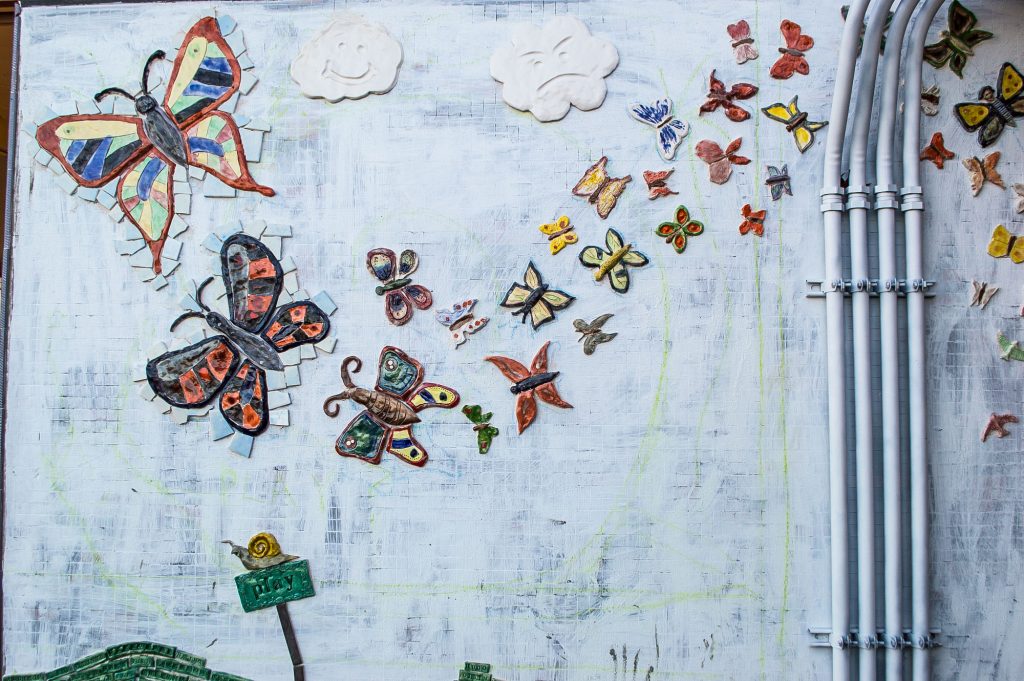
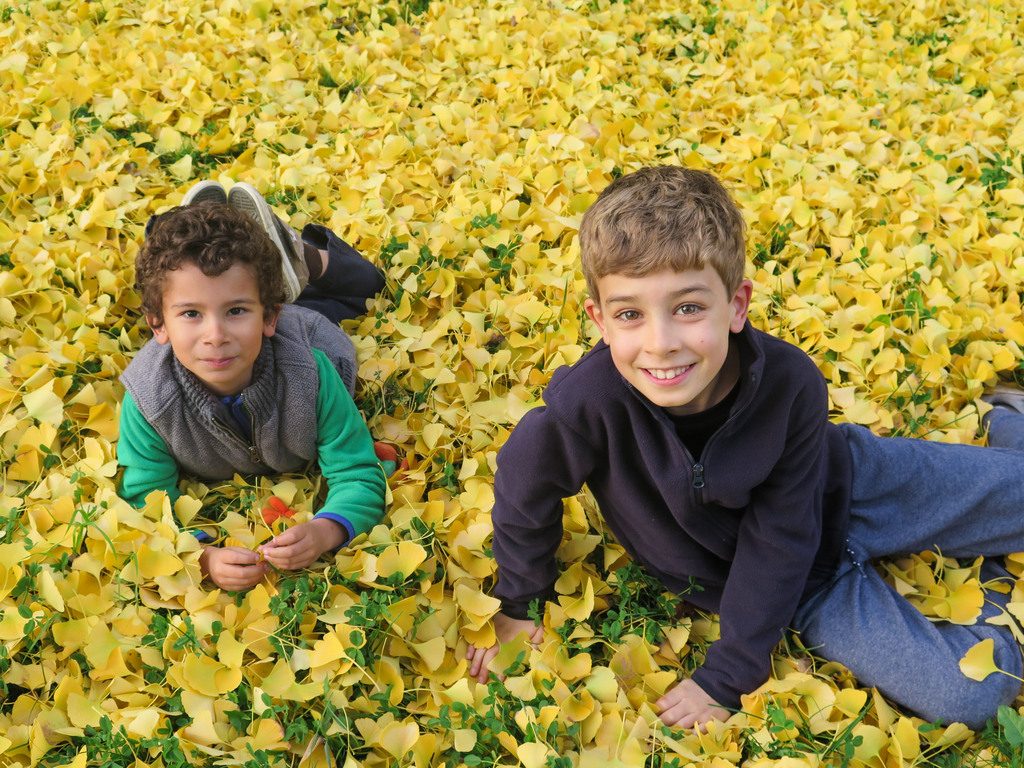
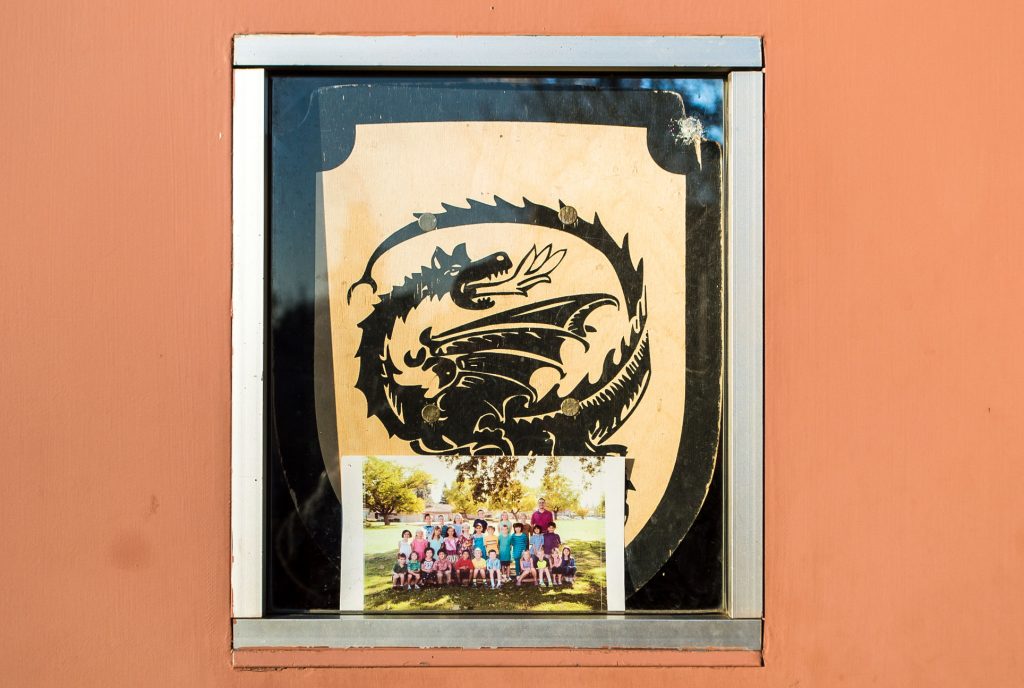
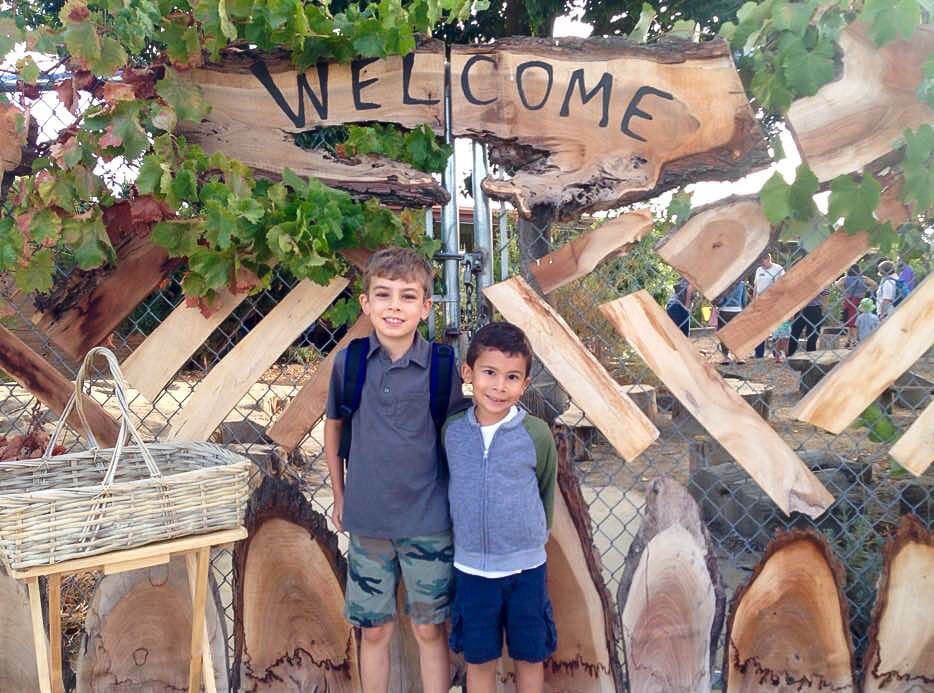
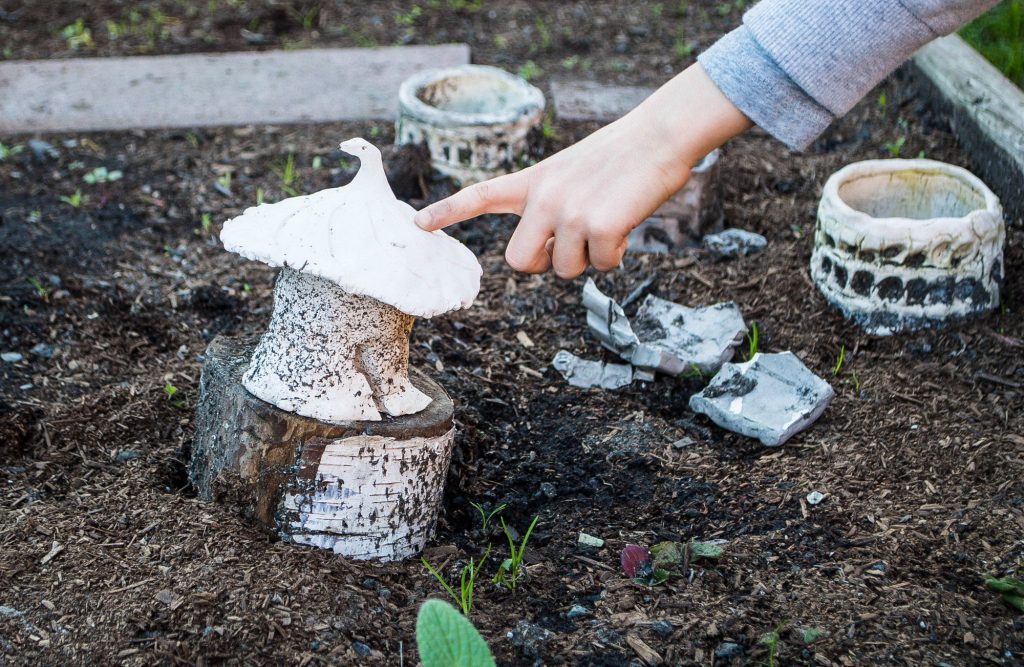
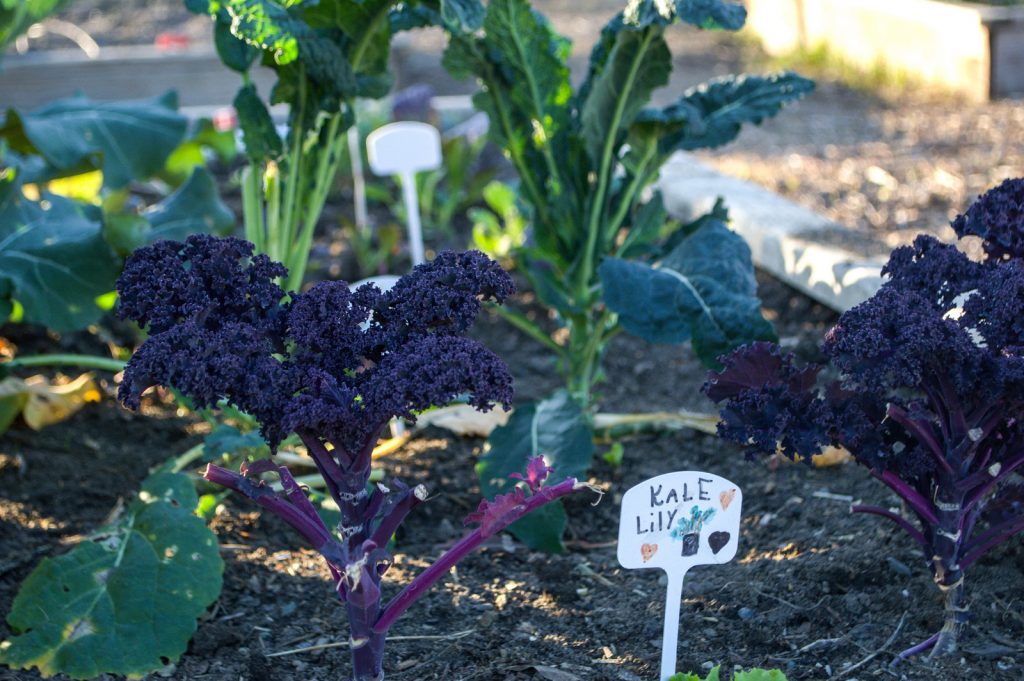
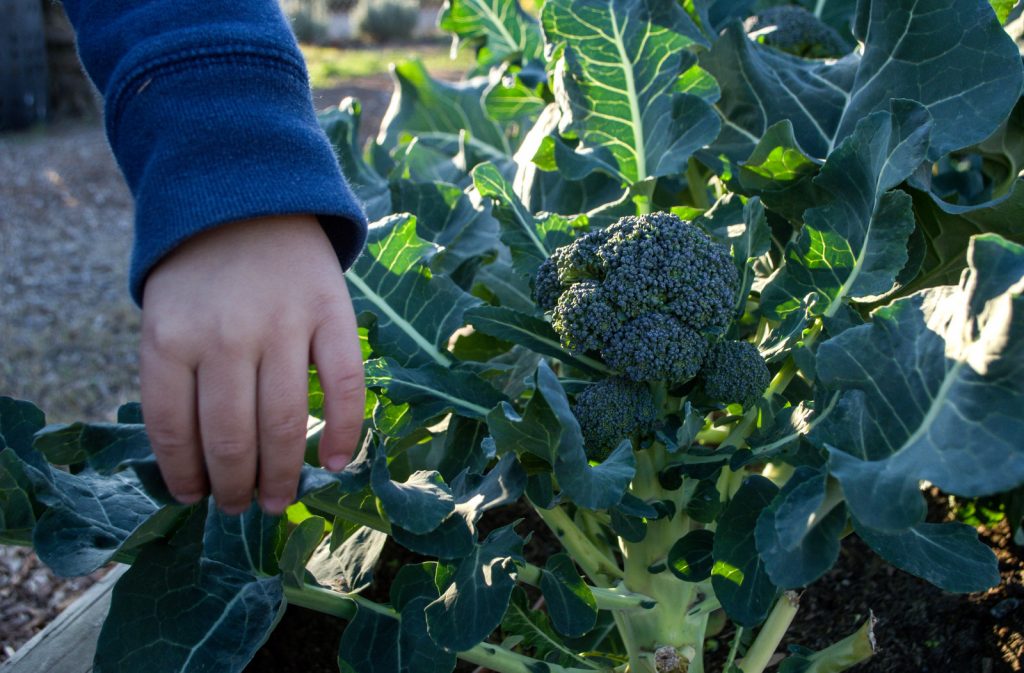
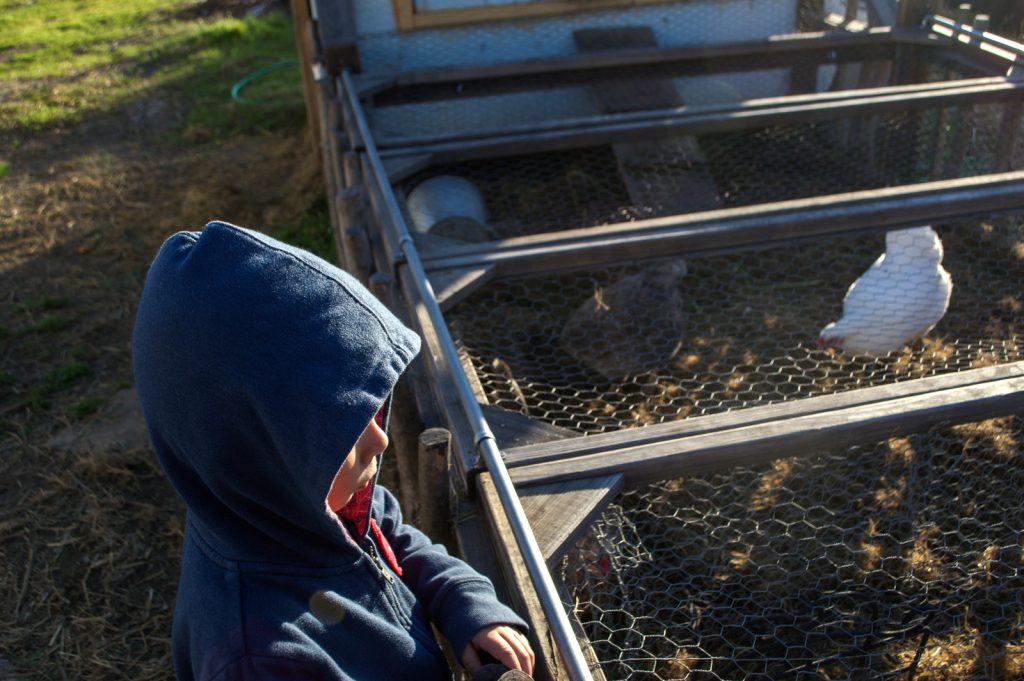
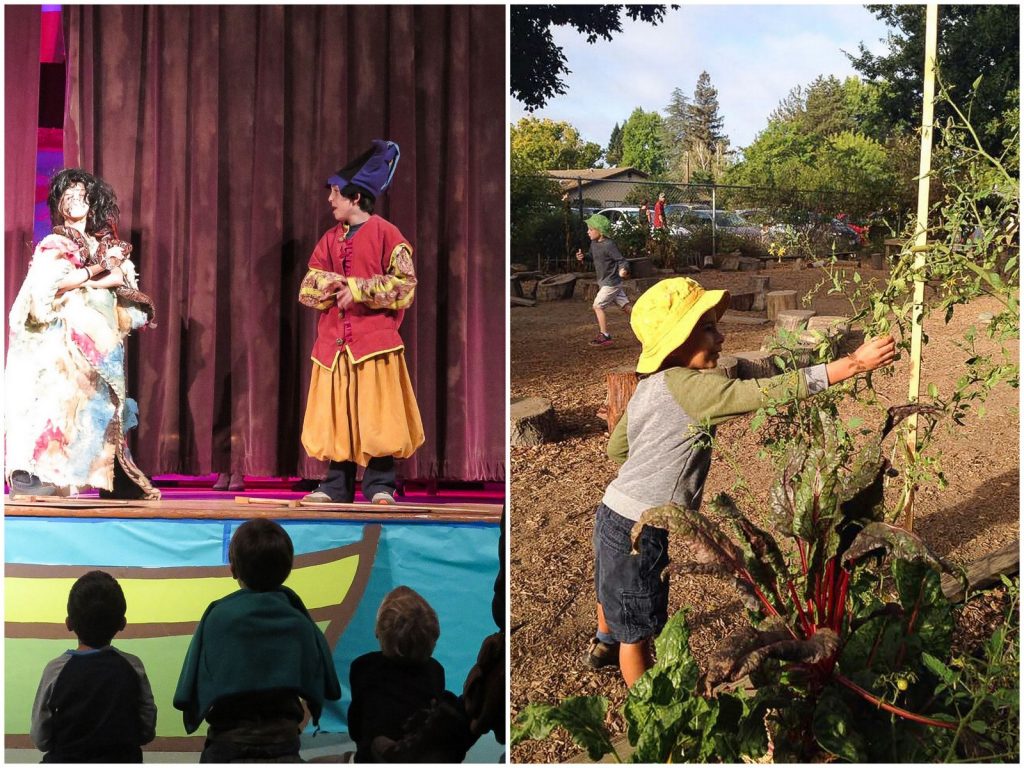
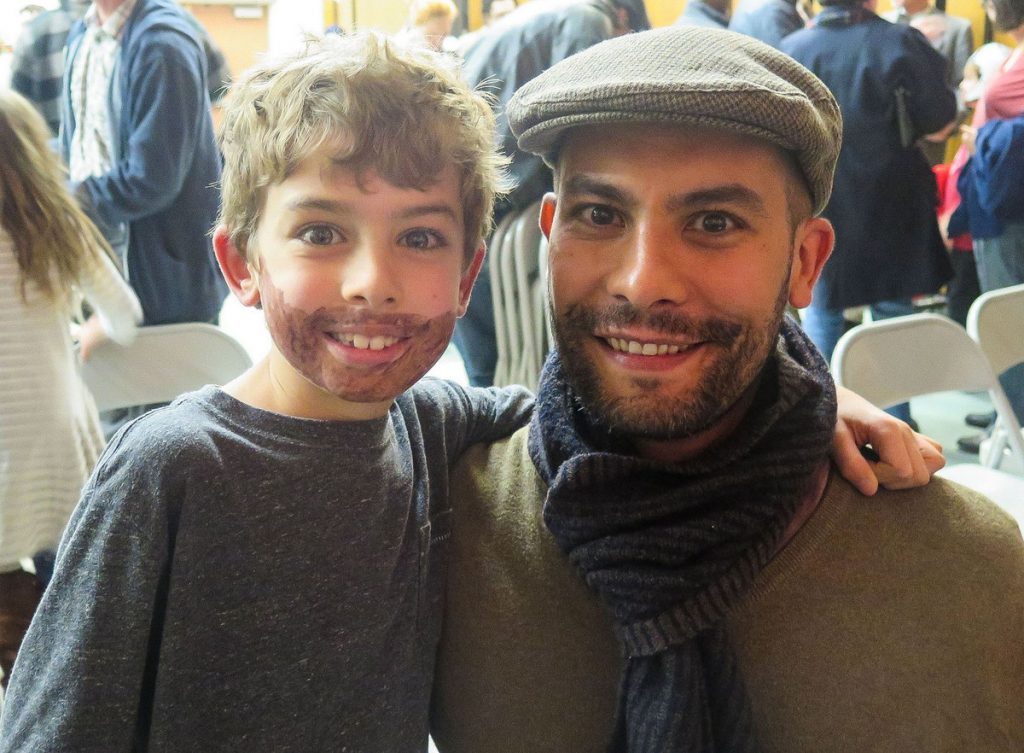
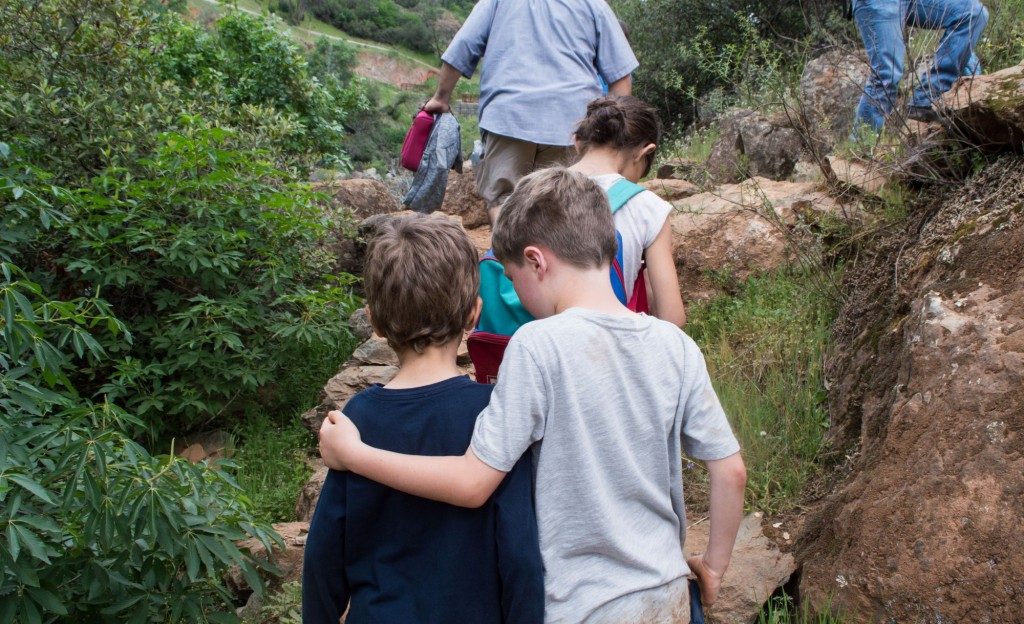
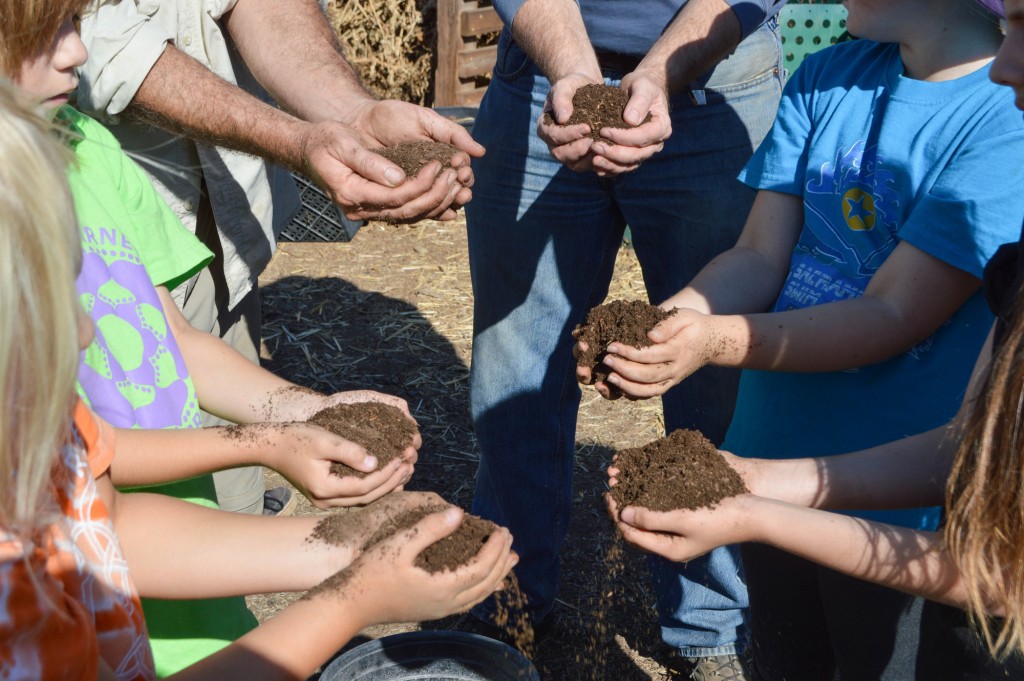
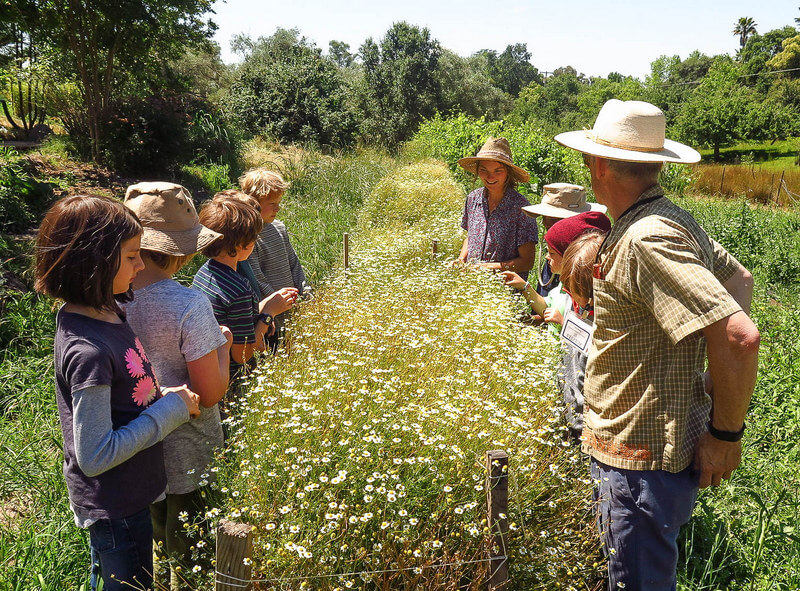
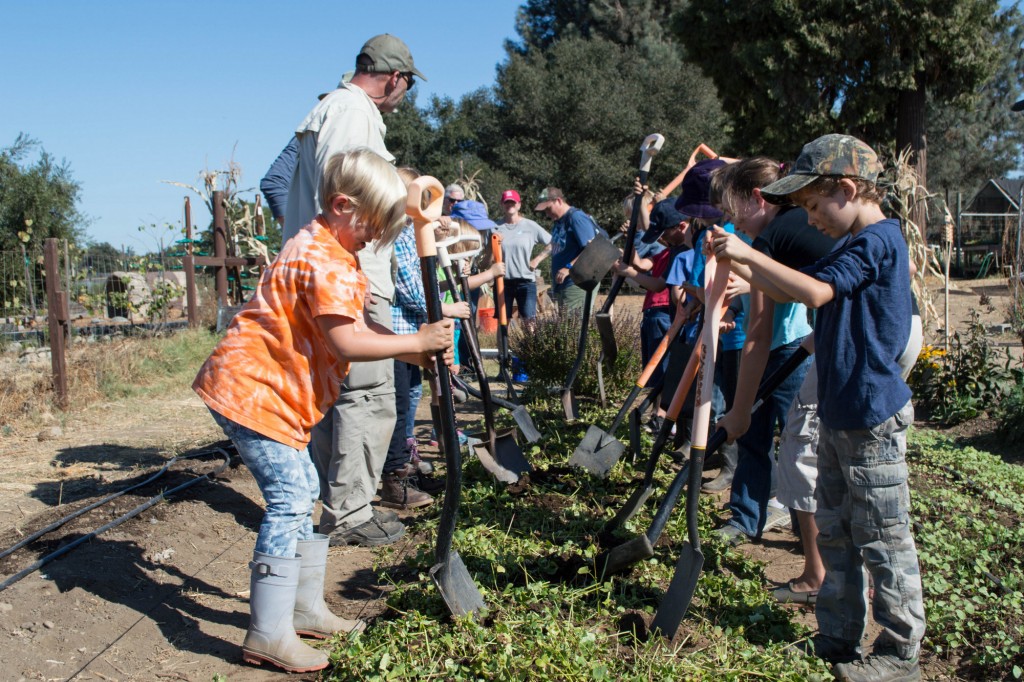


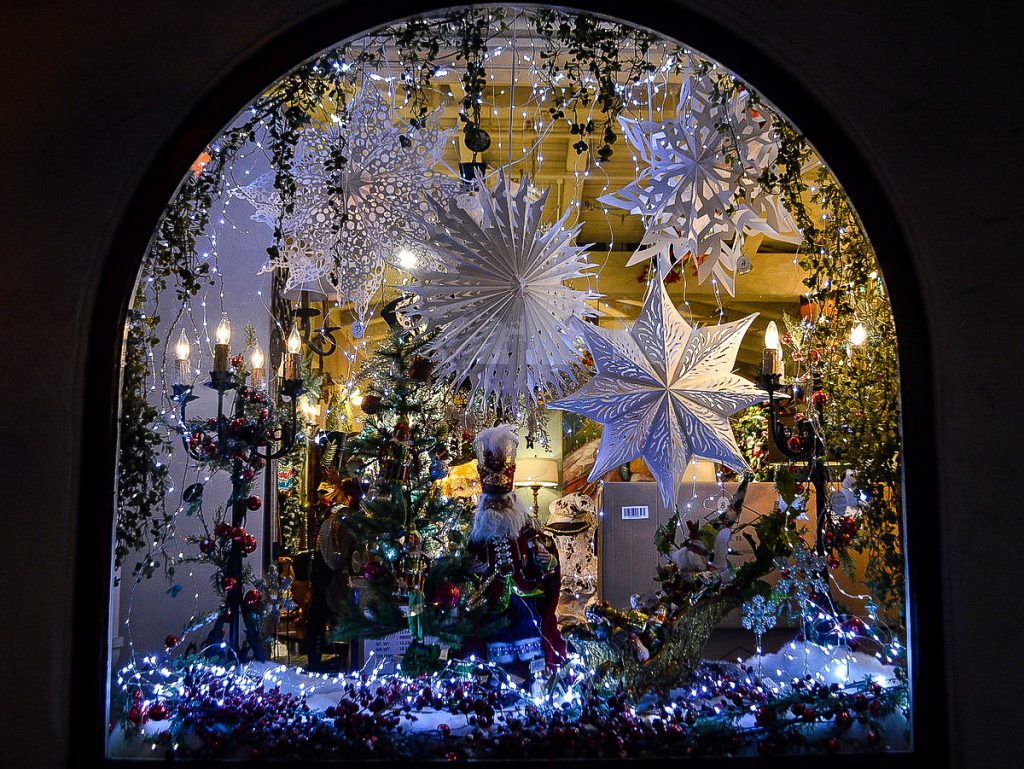
Fabulous post! I barely knew about Waldorf schools until you introduced me to them. It’s the key to a kinder, happier, more balanced & curious childhood, I think. Thanks, Jenna!
I agree 🙂
Hi there! My son will be 2 in March and we are looking into Waldorf schools. We are in Sacramento and I was curious if the public Waldorf school you are referring to here is Alice Birney. This is the school we are looking into if the private Waldorf doesn’t pan out. This is a great review and I’m hopeful that this would be a great alternative. Thank you so much!
Tyler
I’m still learning from you, as I’m trying to achieve my goals. I absolutely enjoy reading all that is posted on your site.Keep the information coming. I loved it!
I am going to send my child sooner.I am very impressed by the school and the emphasis on the practical approach rather than technology based. I want to know whether the book making is a part of making a book of what they learnt so far via different instructions. I just read an article about the over emphasis of mythology in Waldorf school which intrigued me and how they hide facts from the children ,instead give more emphasis on storytelling. I understand that this is not the case everywhere , but from your article, I resonate the same feelings that Waldorf inspired schools are better choice.
To answer your question about the books, they make a book based on what they have learned from the teacher. For example, the teacher teaches them about the brain, and the kids draw a diagram of the brain. They do this instead of just looking at the information in a textbook. It is more active learning, in my opinion. There is a lot of hands-on learning. I hope that helps! 🙂